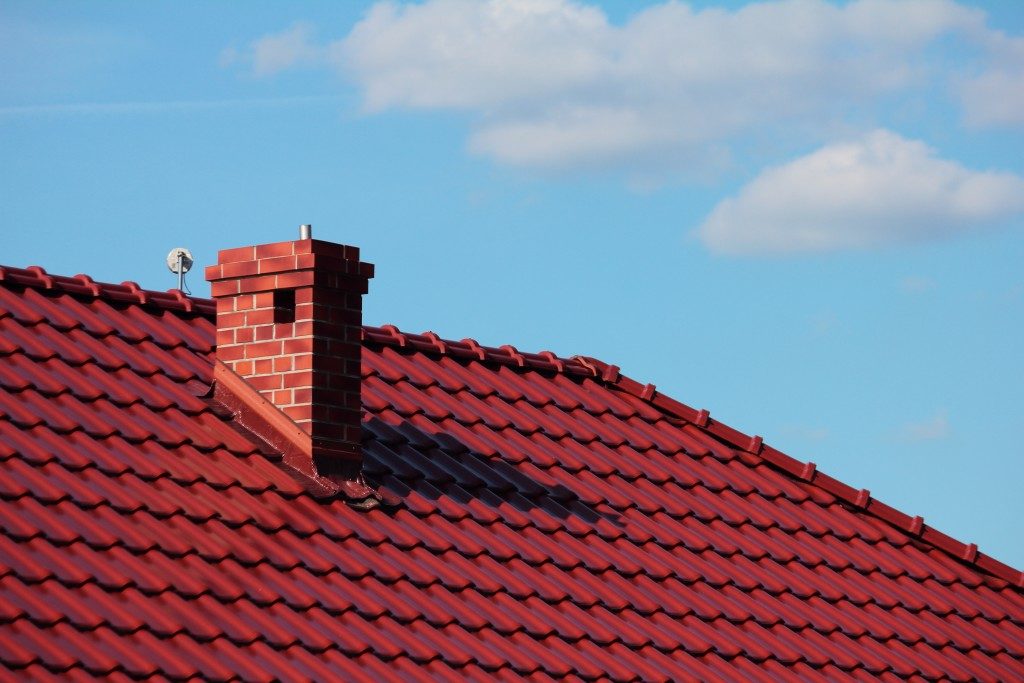Most property owners assume that modern fireplaces are the easiest thing to maintain in a home. As such, they believe that an occasional sweep of the fireplace’s ash pit and hearth is all it takes to keep their fireplace functioning. Gas, wood, and electric furnaces, however, comprise different parts, and their maintenance is not very easy. One of the hardest places to sufficiently maintain is the chimney. Most property owners also pay little attention to it since it is out of sight.
Without a professional fireplace service, the chimney of your Salt Lake City property is vulnerable to various elements that result in damage. The most detrimental of these elements is moisture. The damage caused by a damp chimney is unfortunately not readily evident and hence continues unchecked until it is too late. The following are some of the damages linked to the presence of moisture:
Spalling
This denotes the breaking off of the bricks used in your chimney’s construction. The water that the bricks absorb over time will freeze and thaw when temperatures drop. The freezing causes the damaged section of your chimney’s bricks to fall off. Spalling poses more than an aesthetic problem since your chimney will crumble if the damage is extensive. The fireplace servicing company that you hire might recommend a waterproof or water-repellent layer to avert this form of damage after the repair of the chimney.
Liner Deterioration
Your chimney’s liner is meant to protect your walls and ceilings from the effects of heat and smoke. Moisture in your vents results in the cracking of this metallic liner and hence exposes your walls and ceilings to damage. Liner deterioration can be resolved by its resealing, but extensive decay calls for the installation of a new chimney liner.
Rusting
Your fireplace is not all brick. There are various metallic elements in the furnace including the grate, liner, and crown. Other than cracking your chimney’s liner moisture will also cause the rusting of other metallic components. The rust affects their look as well as their functionality. The chimney crown’s wear and tear, for instance, exposes your chimney’s interiors to further damage from rain, snow, and other weather elements.
Cracked Mortar

A large portion of your fireplace is made of bricks. Moisture inside the blocks compromises their integrity and results in cracking. The standard solution for broken fireplace bricks is relining them with fresh mortar. Tuckpointing is the name used for this method. The process is performed in a way that guarantees the repaired sections blend in with the rest of the fireplace, and the area is water-resistant.
In the end, water damage to fireplaces is usually caused by deteriorating flashing, cracked crowns, damaged chimney caps, blockages, and run-down mortar. Fortunately, you can contact a fireplace service to address the given forms of damage. A furnace evaluation is also a necessary safety measure in most states for homes with fireplaces. Some fireplace servicing companies also include camera inspections in their annual review to detect issues in hard-to-reach areas.

